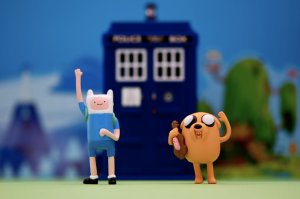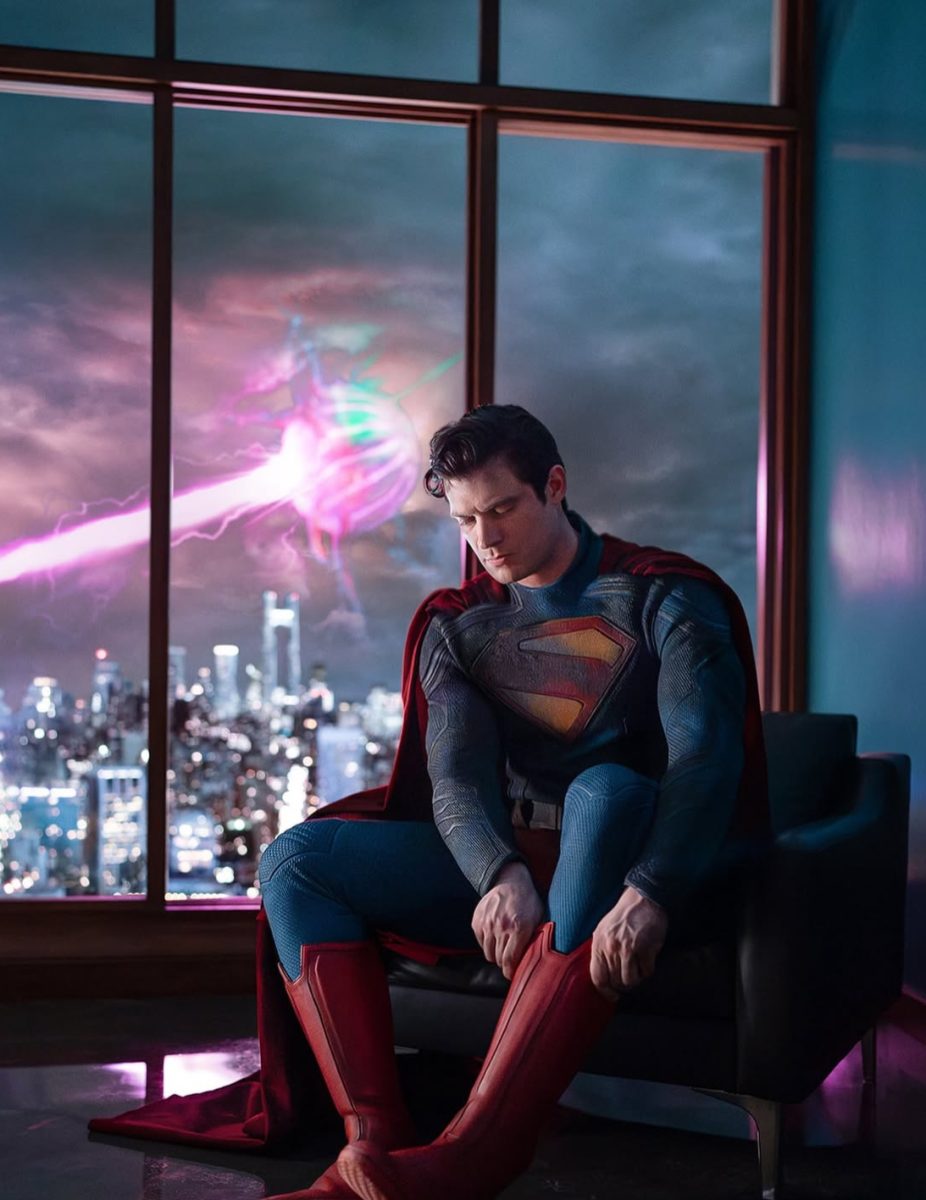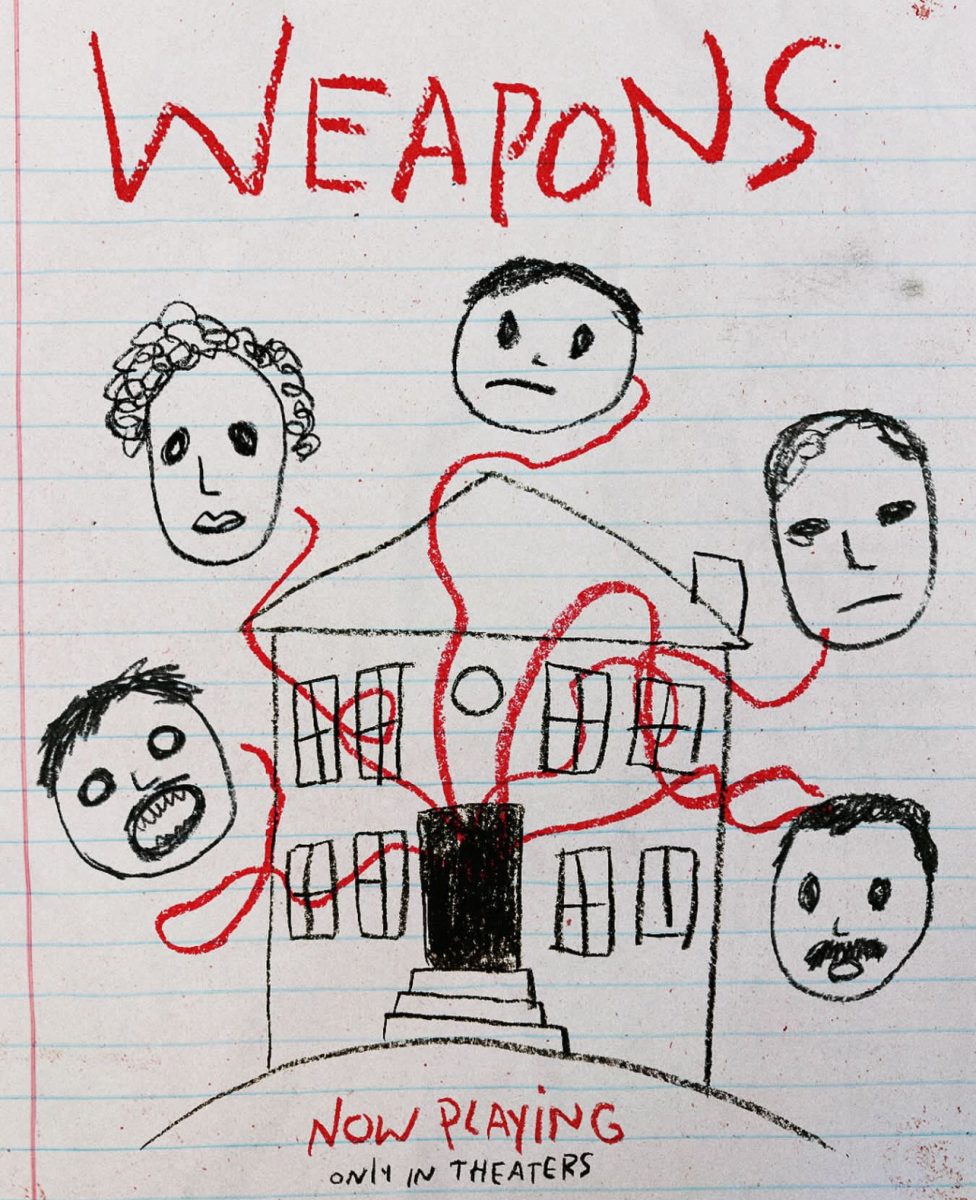By Thomas Tedesco
Last Monday, the Cartoon Network animated series “Adventure Time” aired its finale. The episode concluded the tenth season of Pendleton Ward’s award-winning show, drawing in 921 thousand viewers at the end of a cartoon renaissance for the network. To put that in perspective, let us take a look at what is arguably the flagship show for Cartoon Network: “Teen Titans Go”. Sporting a prime time airing slot and a well-received theatrical release in Teen Titans Go! To the Movies, the show’s two most recent specials still barely managed to push 700 thousand viewers. In the midst of a network decline, a lost golden age where flagship series’ specials fall short of the one million mark, how is it that an eight year old show can draw such a crowd? In short, the show never lost what made it special.
What began as a chain of absurd and disconnected misadventures developed a continuity of great breadth. “Adventure Time’s” unique brand of humor and narrative was never lost as the show achieved what all works of fantasy strive for: it began to make some sense within its own boundaries. However loose those constrictions were (and oh, did they get loose), “Adventure Time’s” nonsensical world became a place we started to ask questions about. How did the denizens of Ooo – a mashup of candy people, vampire queens, traditional monsters of folklore, serpentine unicorns, talking animals, wielders of magic and creatures of no discernable identity – come to be? Why are there so many allusions to modern technology in a land clearly devoid of modern political and cultural institutions? Is Ooo a dystopia? And what is up with that title sequence? I mean, there is what looks like a nuclear warhead . Cartoon Network had some explaining to do. They did not disappoint.
The show matured with its audience. The characters introduced became darker and more grounded in reality. The Lich, introduced at the end of season two, possessed a singular goal: the destruction of all life in the universe (making him twice as bad as Thanos). That is a far cry from season one’s Ice King, famous for kidnapping princesses for… company? Yeah, that was a little sad. Indeed, Ice King morphs into a sympathetic character as the show progresses. We start to see glimpses of the world before Ooo. We learn that characters have connections to one another, and we start to care about them on a level that goes beyond quick laughs. “Adventure Time” places its characters in dark, intense situations from time to time, and does not shy away from conveying important messages for a show initially marketed at children. It was all very cleverly done, and I never really knew what happened to it as I grew up. Once Cartoon Network pushed it out of the spotlight in favor of new programming, I stopped watching. For most of my life, I assumed the adventures of Finn the Human and Jake the Dog closed out sometime back in my middle school years.
I was wrong. We tend to imagine the entertainment we loved as kids dying sometime back in our childhood – not so with “Adventure Time”. Numbers dropped, but the show thrived for millions of devoted fans.
Out of a post-graduation effort to reflect on my childhood, I remembered “Adventure Time”. It was the first show I ever truly loved, and the first one I refused to miss a single episode of. It made me a little sad to think that I gave it up out of some naive desire to “grow up” and stop watching cartoons. I had moved on, but the show was still alive and kicking. In a moment of clarity, I decided that I wanted to give a formal conclusion to this important piece of my childhood, and I started watching “Adventure Time” again. All 10 seasons, from the beginning, over the summer of 2018.
The show’s innocent fun stood for something I had lost, and I became ever more determined to finish it before the series finale aired on Sept. 3. I kept watching, and I realized for the first time in my life that the show had aged with me. As an adult coming of age, noticing Finn’s (Jeremy Shada’s) deepening voice caught me off guard. I saw that Finn was becoming an adult. I watched him deal with romance for the first time, fail in his endeavors, and deal with grief and loss. Where I used to see myself in the carefree Finn, I now see myself in the Finn subject to cosmic whim – to the ups and downs of life – and it was a little sad, yet comforting, to realize that my childhood hero hadn’t stayed pure.
As I complete the jump from high school to college, I recognize that there is something poetic about the show I loved so much, yet never really understood, coming to a formal close. When I reach the end of the series and watch Finn, Jake, Princess Bubblegum, Marceline, Ice King and BMO put on one last show for me, I feel ready to close that chapter of my life. All endings are sad, but so is growing up, and that is OK.







































































































































































































